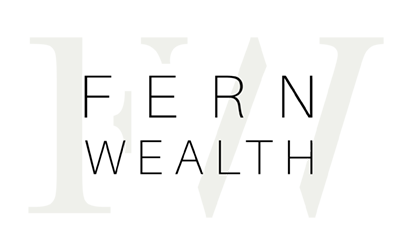There’s no hiding from the fact that markets are already looking fragile as we approach the end of the first quarter of 2022, with the effects of monetary policy tightening and the overhang of supply chain disruption from the COVID-19 pandemic being further compounded by Russia’s invasion of Ukraine.
This is leading to spiralling commodity prices as Moscow looks increasingly isolated from the rest of the world, leaving many investors questioning just where they are supposed to turn in a bid to preserve wealth.
Whilst it’s difficult to ignore the market turmoil, it is, however vital to bear in mind that asset valuations have been significantly inflated as a result of a decade and a half of ultra-lax monetary policy, that inflation has the potential to keep lending a degree of support to stocks and that even in the last couple of weeks, markets have repeatedly shown an ability to bounce back after plunging lower.
Always look to long term performance
Firstly, let’s look at that long-term performance. The total return on the S&P for the year to March 8th was a disappointing 12.26%, but the compound growth of the same index since the start of 2016 still comes in at almost 130%. It’s important to remember that building wealth through investing should always be seen as a marathon, not a sprint.
Secondly, don’t be out of the market. On March 3rd, the DAX was trading around the 14,000 level. By March 7th it tested lows of under 12,500 but by March 9th it was back at 13,600. With momentum rather than fundamentals having driven the market down to what were finally considered to be oversold levels, calling the bottom here would have been impossible. Furthermore, most US & European stock indexes are trading at higher levels than before the invasion
Find the opportunities
And thirdly, there are always options available. It’s easy to focus on the negatives at times like this, but plenty of opportunities do exist. The drive for Europe to break free of Russian energy supplies will have the potential to bolster the appetite for automation and product innovation, perhaps most significantly in the green energy space.
A number of Fern Wealth portfolios include exposure to a Disruptive Technology, ESG filtered ETF. Similarly, whilst rising interest rates can be a burden on bonds which are still some time from maturity, shorter-dated debt instruments will typically provide a far more attractive yield, with such exposure profiles again being offered through our core CHF Corporate Bond ETF. Then there are always the perennial safe-haven options such as precious metals, with those Fern clients having exposure to a gold ETF benefitting from a 10% uptick in valuations since the start of the year.
Finally, it’s worth bearing in mind that globally, uninvested cash levels remain close to record highs. That’s money that is sitting on the sidelines with active managers waiting to move in, aiming to snap up a bargain for their clients. Time and again we’re seeing markets sell-off then revert, suggesting that in the vast majority of cases – and unless an asset is caught in global sanctions – there is no shortage of buyers at the right price.
For many, this isn’t the time to be exiting the market, but instead is one where people are actively looking to take advantage of more realistic valuations and add to their existing positions.
Should you wish to have a conversation about your finances in 2022, please don’t hesitate to get in touch with us for a quick chat or a full financial review.
Image by Towfiqu barbhuiya from Unsplash.


